Polish theatre seems to have an endless capacity for self-renewal, building on an experimental tradition that goes back at least as far as Stanisław Witkeiwicz in the 1920s and continues through Tadeusz Kantor, Jerzy Grotowski, Krystian Lupa, Krzysztof Warlikowski, Maja Kleczewska, and many others to this day. Every year, new directors, actors, designers, and dramaturgs graduating from theatre academies in Warsaw and Kraków make their way into government-sponsored companies around the country. They are beneficiaries of a theatre education that focuses, first and foremost, on discovering one’s own purpose and methods as an artist. The range of new approaches—especially viewed from the perspective of artists in the United States—expands at a dizzying rate.
Even by Polish standards, it appears that a major shift is now underway. It’s a shift that cuts in opposite directions, reflecting the growing polarization of Polish politics. In many provincial jurisdictions controlled by the conservative Law and Justice party, artistic directors are being pressured by the government to pull their political punches; some are being replaced by artists more willing to conform to a safe repertoire of Polish and world classics. But in progressive cities like Warsaw and Szczecin, where local governments are controlled by the Civic Platform or other opposition parties, a new generation of artistic directors is leaning in overtly activist directions with respect to both artistic content and artistic process.
On the content side, this more activist approach means more shows that address hot topics such as the Catholic Church, immigration, right-wing rhetoric, feminism, gender identity, climate change, and questions of historical and cultural memory. On the process side, it means more shows led by women—an accelerating trend that began over a decade ago. It also means more shows created through devising or rehearsal processes that are less hierarchical as compared to the auteur-driven model inherited from an earlier generation of predominantly male directors.
The three of us—Julieanne, Howard, and Brandice—had a front-row seat to some of the changes in Polish theatre during the final week of June 2022. We spent nine days in Warsaw, with brief stops in Łódź and Kraków, seeing productions and meeting over twenty artists.
LINKAGES: Poland followed in 2020 as a response to the shift in leadership taking place in US theatre, especially toward more women and artists of color, and a corresponding shift in Poland, especially toward women and younger artists who grew up in the post-Communist era.

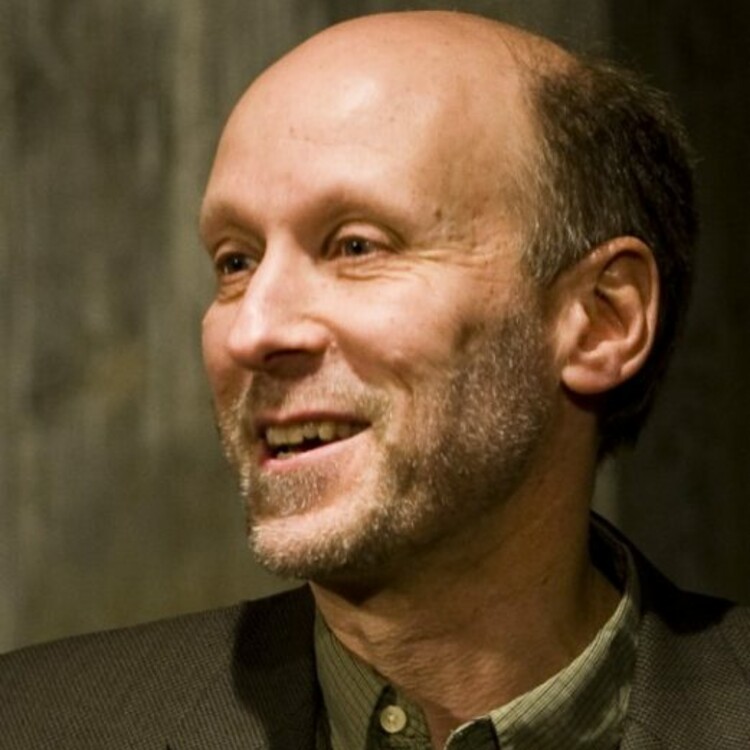
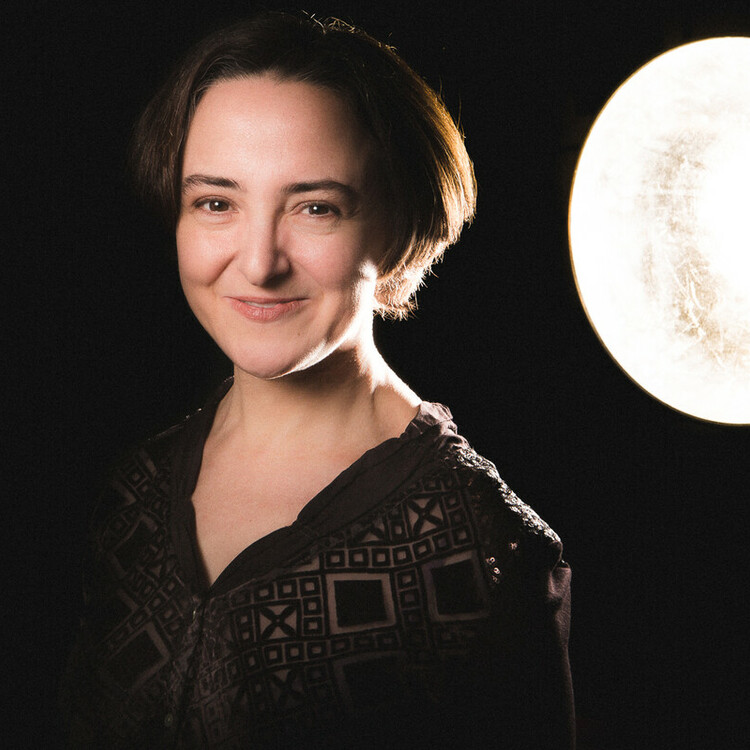

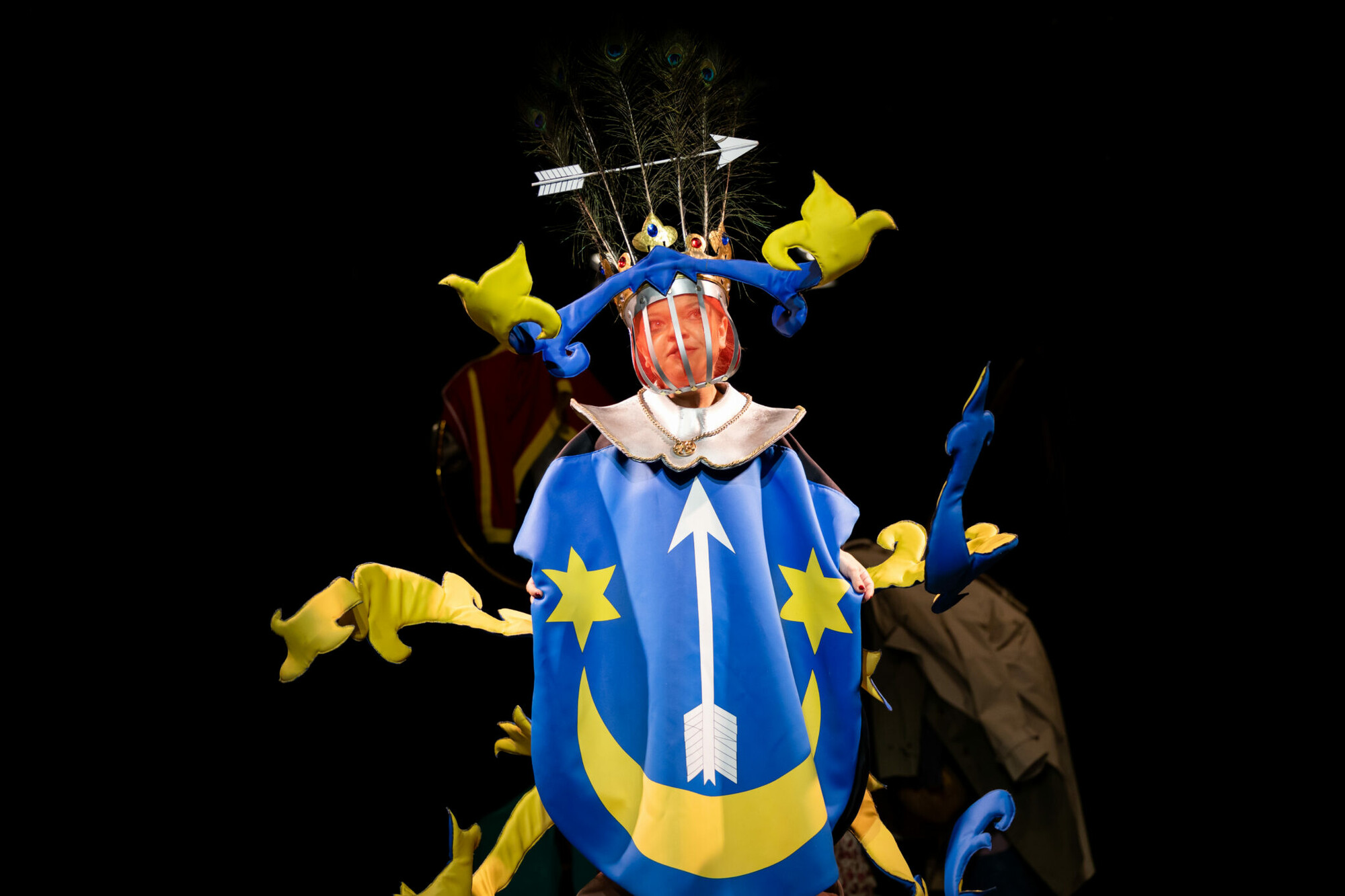
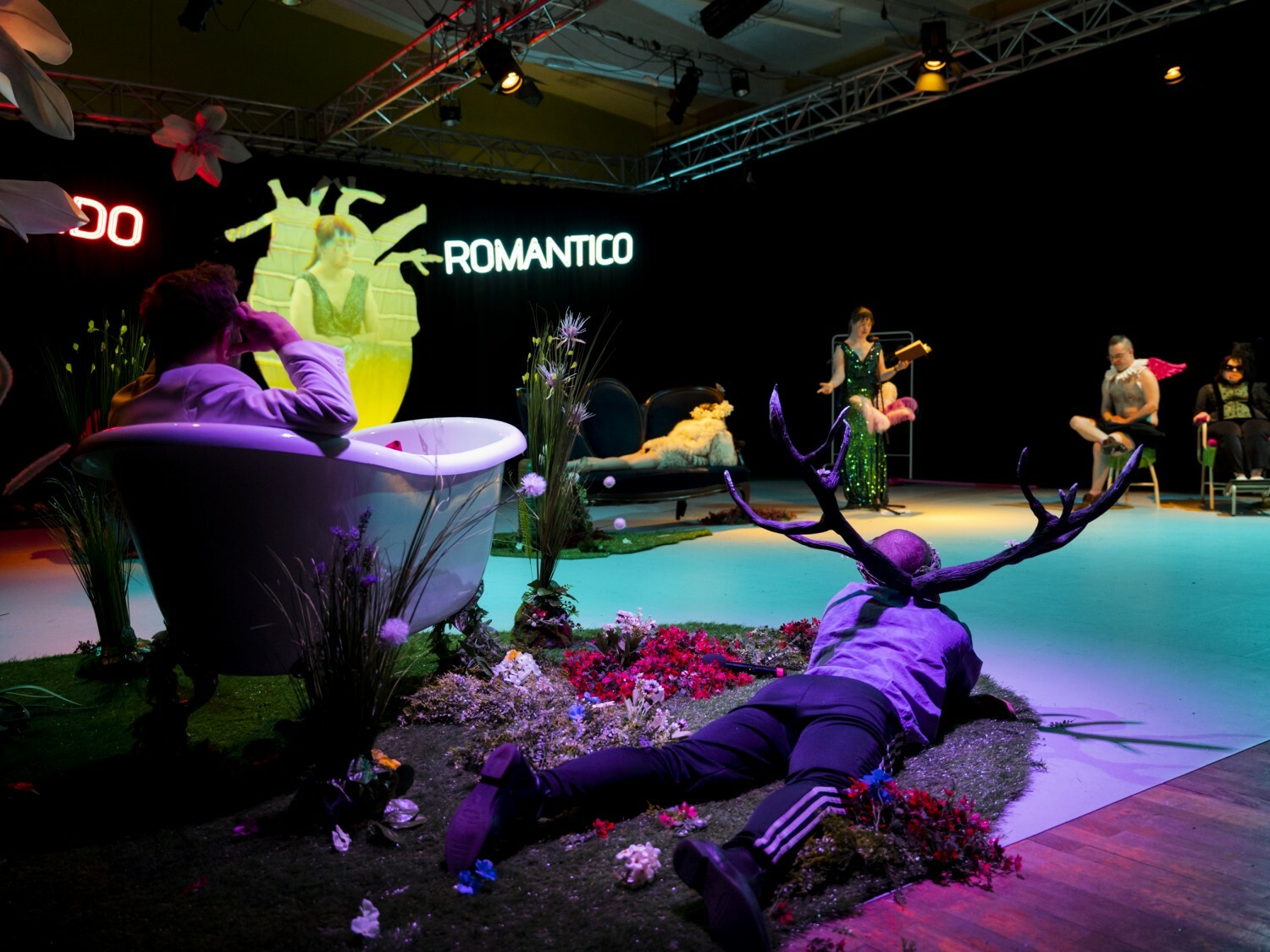
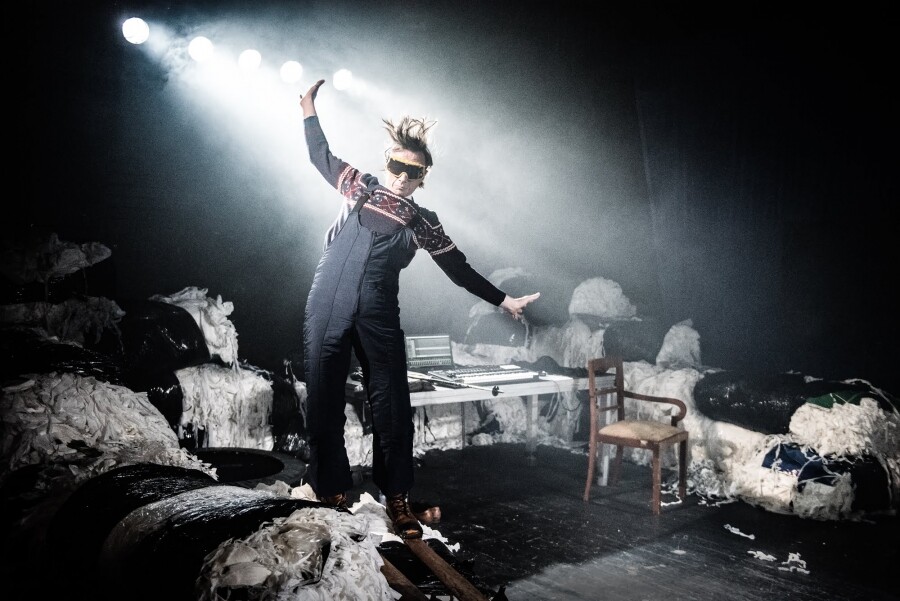

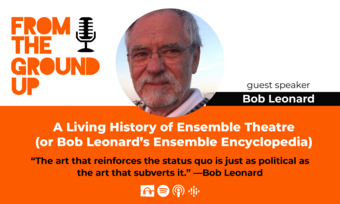




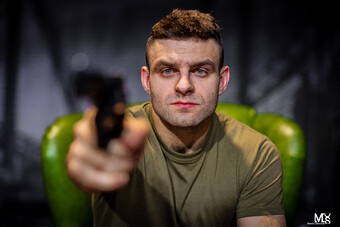

Comments
The article is just the start of the conversation—we want to know what you think about this subject, too! HowlRound is a space for knowledge-sharing, and we welcome spirited, thoughtful, and on-topic dialogue. Find our full comments policy here